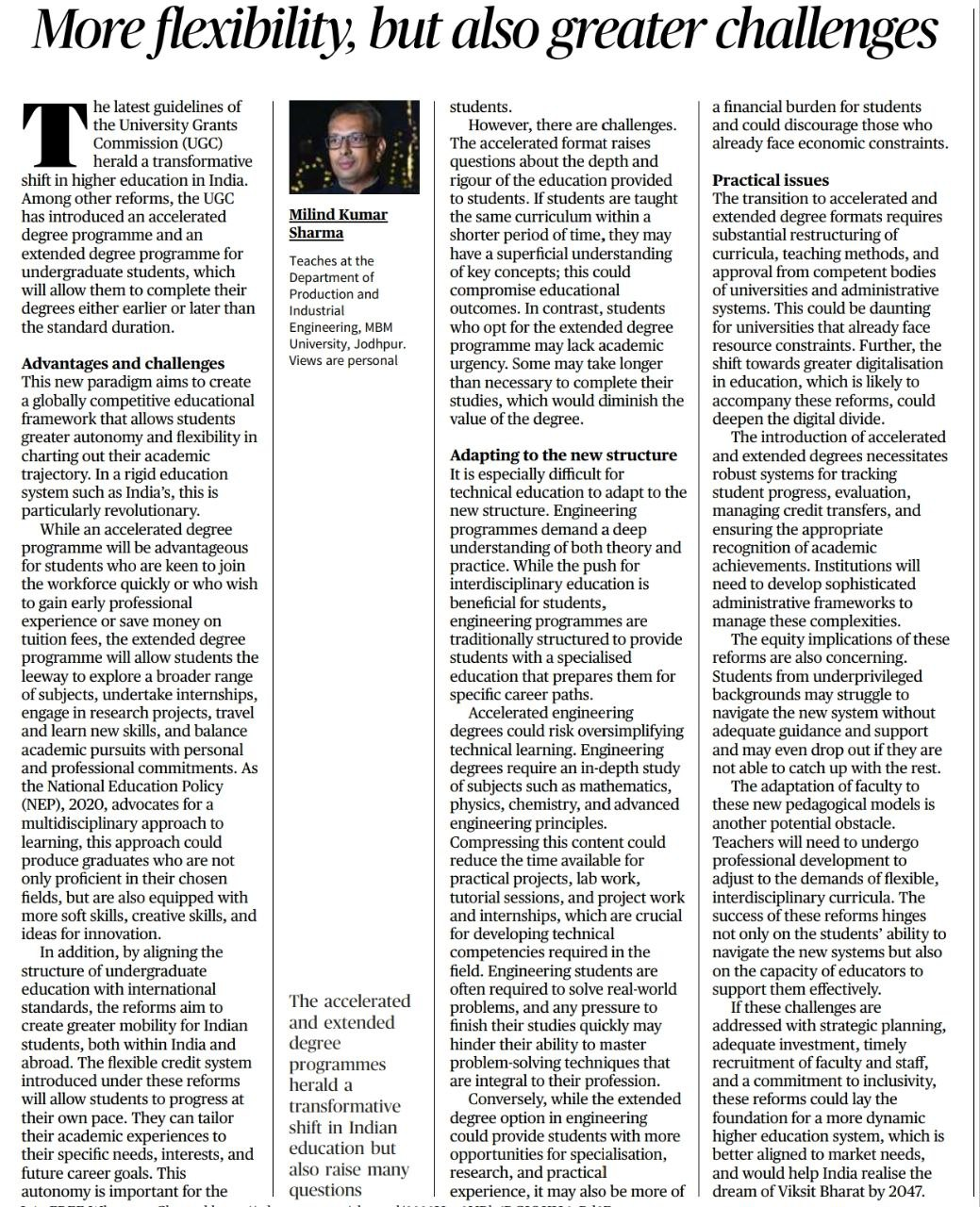1. Pakistan's Afghan Strategy: Challenges and Implications
Introduction:
The article discusses Pakistan’s evolving Afghan strategy amid escalating tensions with the Afghan Taliban and the Tehrik-e-Taliban Pakistan (TTP). It highlights the complex interplay of Pakistan’s internal security concerns, regional geopolitical challenges, and the Afghan Taliban’s refusal to align with Pakistan’s expectations.
- Current Developments:
- Casualties in Counter-Terrorism: In 2024, 833 Pakistani security personnel lost their lives in counter-terror operations, with 925 TTP terrorists killed.
- TTP’s resurgence: The TTP, benefiting from Afghanistan’s sanctuary, has intensified attacks on Pakistan.
- Airstrikes and retaliation: Pakistan conducted airstrikes targeting TTP camps in eastern Afghanistan, leading to cross-border retaliations.
- Pakistan’s Strategic Dilemma:
- Failed Diplomacy: Efforts to engage the Afghan Taliban diplomatically have yielded little success, with tensions escalating over TTP sanctuaries.
- International Perception: Pakistan is under scrutiny for its close ties with the Afghan Taliban, complicating its narrative of being a victim of terrorism.
- Border Disputes: The lack of consensus on the Durand Line exacerbates security issues between the two nations.
- Regional and Political Ramifications:
- Geopolitical Isolation: Pakistan’s attempts to seek international support, such as from the U.S., have been largely ineffective.
- Domestic Criticism: The government faces domestic backlash over its inability to curb TTP’s resurgence.
- Economic Impact: Increased military expenditure amid an economic crisis poses significant challenges for Pakistan.
Conclusion:
Pakistan’s Afghan policy reflects a precarious balance between countering terrorism and maintaining regional stability. Its challenges highlight the need for a recalibrated strategy that addresses the TTP threat, fosters regional cooperation, and redefines its ties with the Afghan Taliban to secure long-term peace.
Mains Practice Question |
“Critically analyze the implications of Pakistan’s Afghan strategy for regional stability and India’s security concerns.” |
2. Challenges Faced by District Journalists in India
Introduction:
The brutal murder of Mukesh Chandrakar, a district journalist from Chhattisgarh, underscores the precarious and life-threatening conditions in which grassroots journalists operate in India. This reflects the deep challenges faced by independent journalists who expose corruption and misuse of power at the local level.
- Key Challenges Faced by District Journalists:
- Threat to Life and Safety: Journalists at the grassroots level often face physical threats, harassment, and even murder, especially when exposing powerful vested interests.
- Precarious Working Conditions: Many work as stringers or retainers without job security, fair salaries, or recognition.
- Legal Limitations: Even protective laws like the Chhattisgarh Protection of Media Persons Act, 2023, have not been enough to safeguard journalists.
- Pressure from Advertisers and Politicians: Shrinking space for critical reporting due to dependence on local advertisers and political alignment limits journalistic freedom.
- Role of District Journalists:
- Watchdogs of Democracy: District journalists act as the “voice of the voiceless,” highlighting grassroots issues, corruption, and developmental gaps.
- Supporting Mainstream Media: Their contributions are crucial for regional language journalism and broader national coverage.
- Empowering Local Communities: By exposing corruption and ensuring accountability, they promote governance and development at the local level.
- Structural Problems in Indian Journalism:
- Criminalization of Politics: A significant nexus between politics, business, and crime hinders accountability, as mentioned in the N.N. Vohra Committee report.
- Declining Financial Independence: Heavy reliance on advertisers curtails the independence of the press.
- Need for Reform and Support:
- Strengthening legal protections for journalists.
- Ensuring financial independence of journalism by diversifying funding sources.
- Promoting technology-driven independent journalism to bypass traditional constraints.
Conclusion:
The challenges faced by district journalists like Mukesh Chandrakar highlight the urgent need for systemic reforms to protect them and their critical role in democracy. Empowering grassroots journalists and ensuring accountability mechanisms can strengthen democracy and promote social justice.
Mains Practice Question: |
“Discuss the challenges faced by district journalists in India and their impact on the freedom of press and democracy. Suggest measures to address these challenges.”
|
3. UGC’s Accelerated and Extended Degree Programmes: Opportunities and Challenges
Introduction:
The University Grants Commission (UGC) has introduced accelerated and extended degree programmes in a transformative move for higher education. These programmes aim to provide flexibility, allowing students to complete degrees either earlier or later than the standard duration, aligning with the goals of the National Education Policy (NEP) 2020.
- Advantages of the New Programmes:
- For Accelerated Degrees:
- Beneficial for students aiming to enter the workforce early or save on tuition costs.
- Encourages faster professional growth and financial independence.
- For Extended Degrees:
- Offers students an opportunity to explore interdisciplinary fields and develop holistic skills.
- Allows time for internships, research, travel, and other personal or professional pursuits.
- Aligns with NEP 2020’s vision of flexible, multidisciplinary education.
- Challenges Associated:
- Educational Quality and Depth:
- Accelerated programmes may compromise the understanding of complex subjects.
- Extended programmes could lead to delays and diminish the degree’s value.
- Equity Issues:
- Students from underprivileged backgrounds may struggle to adapt, exacerbating the digital divide.
- Practical Implementation Challenges:
- Requires significant restructuring of curricula and teaching methods.
- Demands administrative capacity to track progress and manage credits effectively.
- Implications for Technical and Professional Education:
- For Technical Fields (e.g., Engineering):
- Compressing courses could reduce time for project work and internships.
- May hinder skill development for real-world problem-solving.
- Interdisciplinary Approach:
- Extended programmes promote broad-based learning but may dilute specialised preparation.
- Adaptation by Institutions and Teachers:
- Teachers require professional development to adjust to flexible, interdisciplinary curricula.
- Universities must adopt robust frameworks for credit recognition and digital tools.
Conclusion:
While the UGC’s accelerated and extended degree programmes represent a transformative step towards flexible education, their success hinges on strategic planning, equitable access, and institutional preparedness. Addressing these challenges will ensure that higher education aligns with the dynamic needs of students and the workforce.
Mains Practice Question: |
“Critically examine the potential of UGC’s accelerated and extended degree programmes to transform higher education in India. Discuss the challenges and suggest measures to address them.” |




